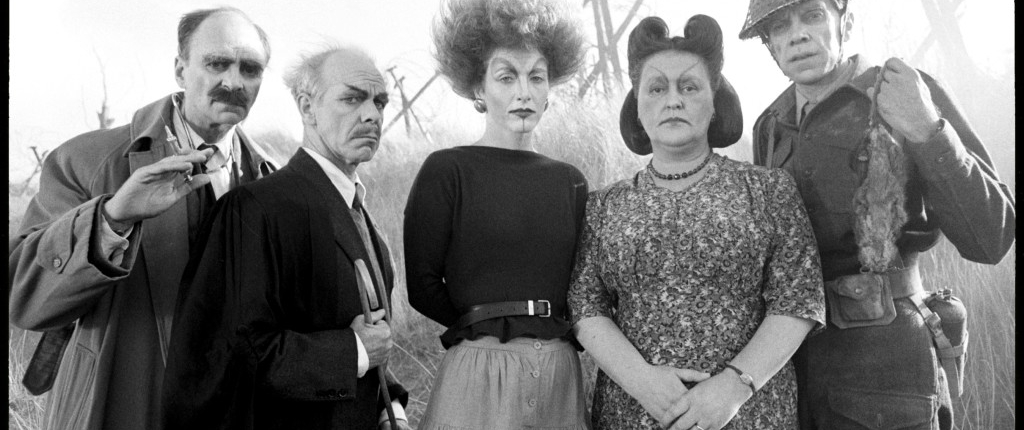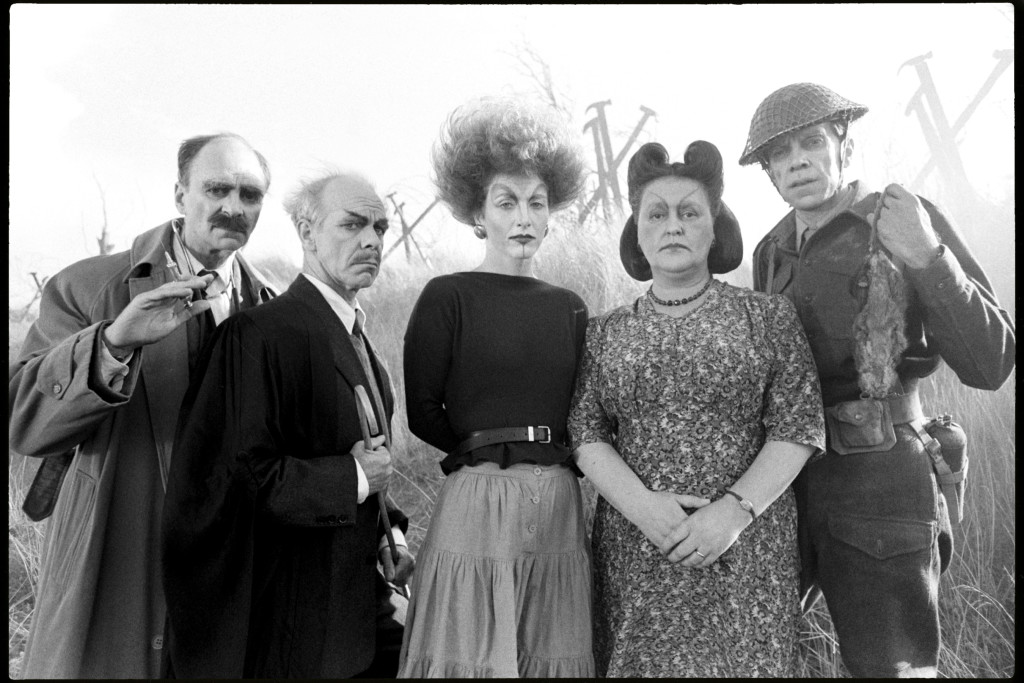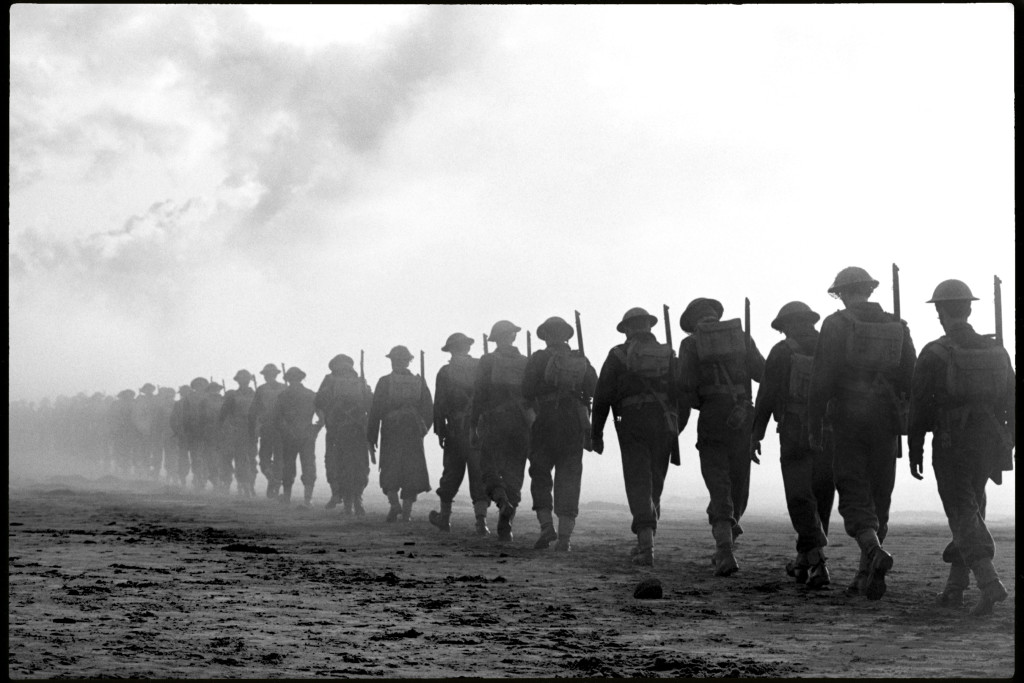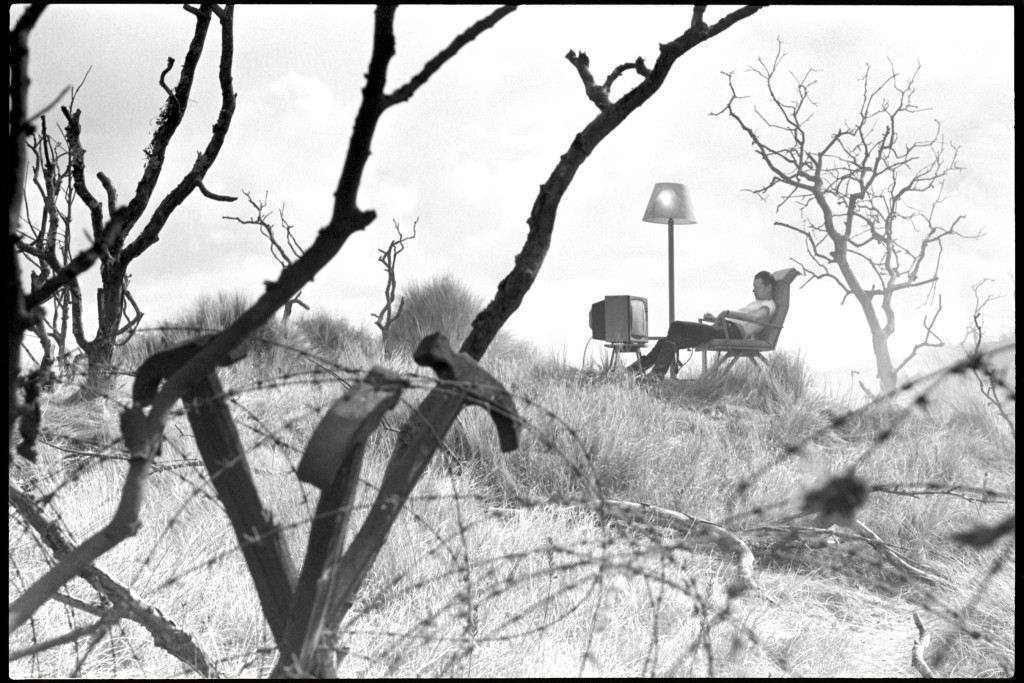Location: Villa Bottini, Via Elisa, 9 – Lucca
BEHIND THE WALL – DAVID APPLEBY
Text and exhibition curated by David Appleby
It was sometime back in 1981, the phone rings and it’s Alan Parker. He’s calling to see if I’m available for his next film project: a screen adaption of Pink Floyd The Wall. I didn’t know much about Pink Floyd at the time, only that the album of The Wall had topped the charts around the same time my daughter was born, but I had no idea what it was about.
I had worked with Alan Parker before as the still photographer on Bugsy Malone and Midnight Express and was very pleased to get the call to be asked to work with him again. I then made it a point to listen to the album, which eventually grew on me. But how was Alan going to bring it to the screen, with only the music as the narrative? A master of his trade,
Alan has this incredible photographic eye, which makes him an exceptional filmmaker and the result is stunning.
As a unit photographer, I feel it is imperative to try and be as faithful as possible to the style and emotion of the movie, and portray that essence in a still frame. Another aspect to a unit photographer’s job is to document the ‘behind the scenes’.
My own experience whilst making this film was far removed from Alan’s experience. I have my own memories of always watching, trying to be anonymous and looking for those moments that I feel will make interesting photographs: Alan jamming with a cardboard guitar, Bob’s surprise birthday cake and “The Tilbury Boys”. Rough skinheads but incredibly hard working young men, whose sense of humour and personalities were as brilliant as their performances in the film. And then there was Bob Geldof. Who was constantly aware and could anticipate what I was doing and many times, he threw himself into it. Bob enjoyed himself. He made sure he enjoyed himself…
The photographs in this exhibition best represent those memories for me, but the exhibition may have never happened if 10,000 original black and white negatives hadn’t been discovered buried in the vaults of Pinewood Film Studios, where they had been for almost 30 years.
It was a requirement at that time to shoot in black and white alongside colour, because when it came time to use prints, not every publication worldwide had the ability to produce colour images. I always enjoyed shooting black and white: everything has to be balanced, it all has to work, with no colour to seduce your eye.
The story and the imagery of that movie were so powerful that it was a wonderful challenge to try and capture the film’s surreal and striking atmosphere.





 © Vincent Delbrouck
© Vincent Delbrouck © Joan Fontcuberta
© Joan Fontcuberta